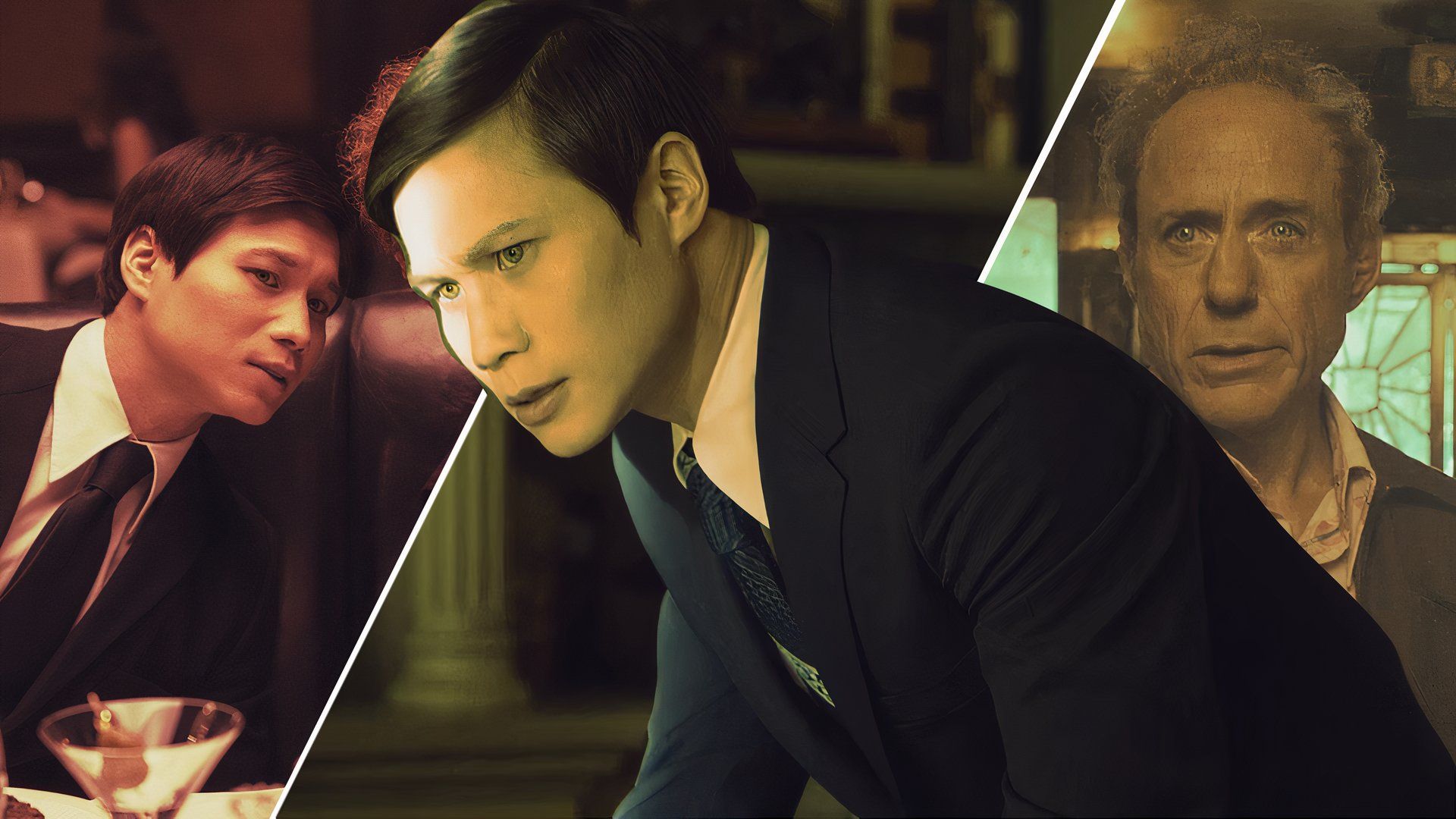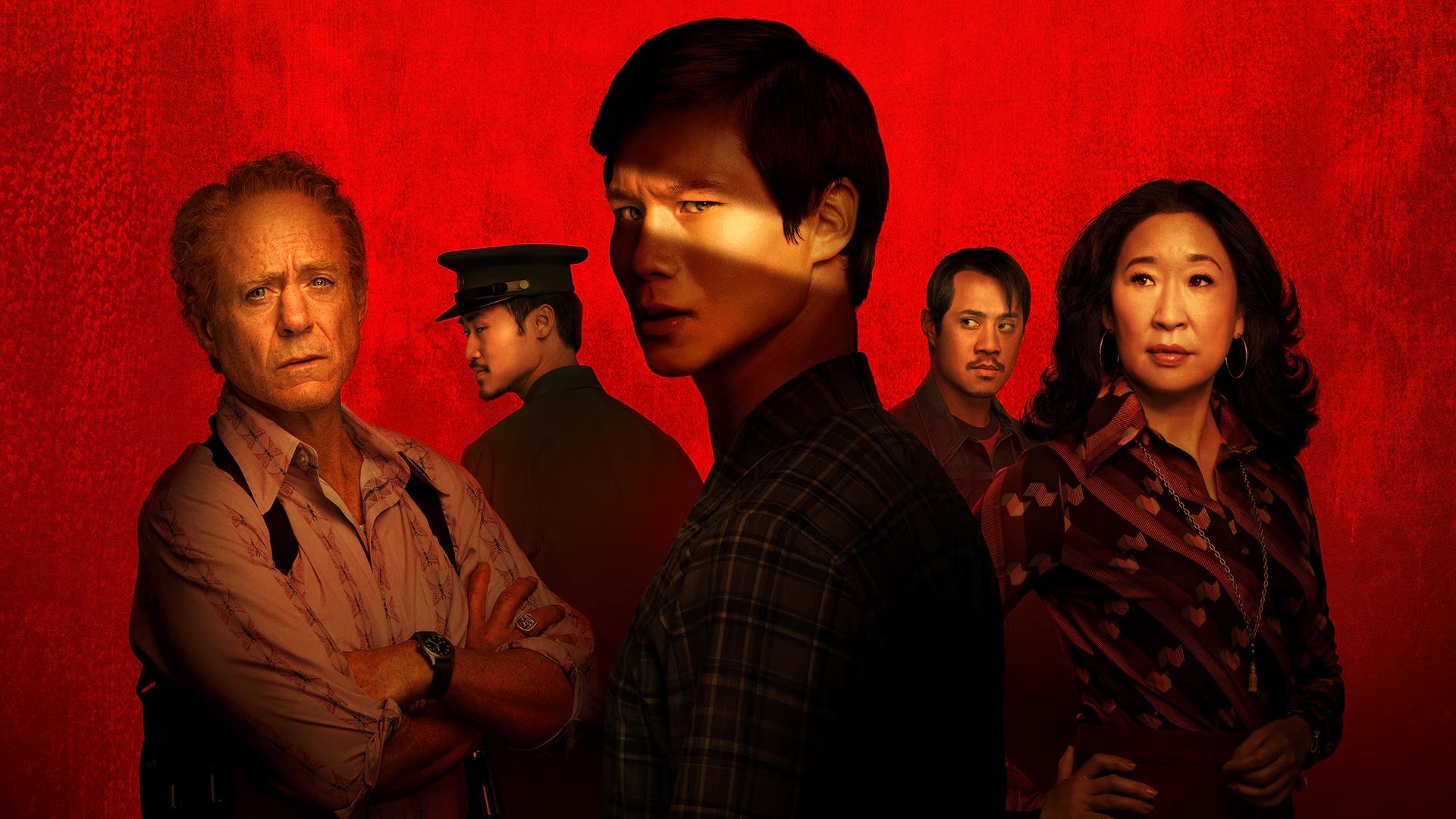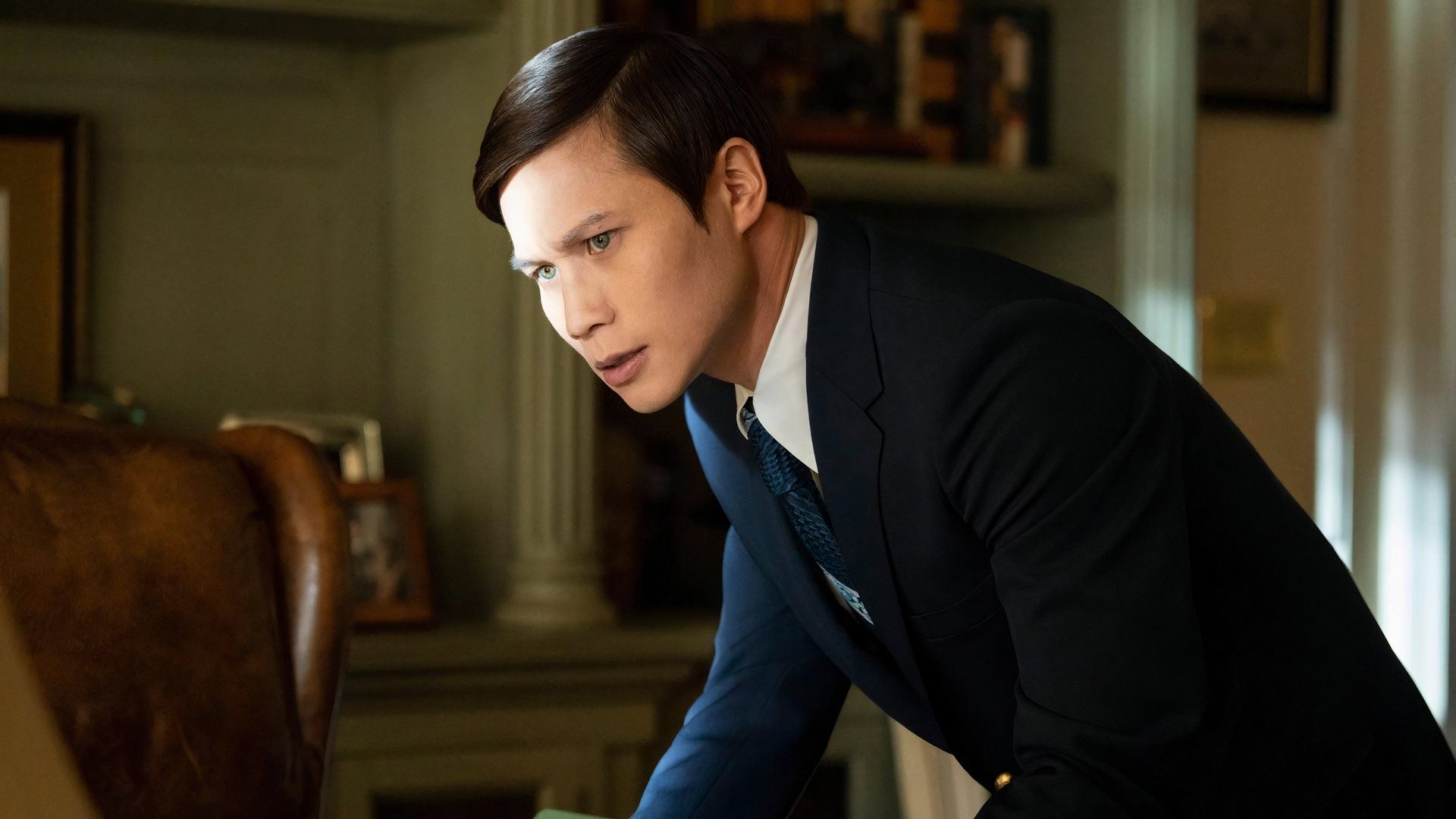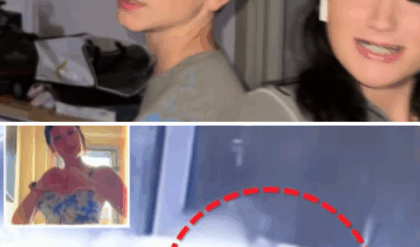HBO’s The Sympathizer remains true to the structure and tone of the novel, for the most part.

As a whole, HBO’s The Sympathizer is a faithful adaptation of Viet Thanh Nguyen’s Pulitzer Prize for Fiction-winning novel. A complex tale of deception, hollow allegiances, and political intrigue, it’s one of the better historical fiction novels of the 2010s. It also excels in being as realistic as it is humorous, allowing for a balance that makes the 400+ page novel a breeze to read through.
Park Chan-wook’s limited series isn’t much different, particularly when it comes to capturing that tonal balance. The narrative follows Hoa Xuande’s “The Captain,” a Saigon-based police captain who escapes during the fall of that city. But he’s not just part of the South Vietnamese special police force, as he’s also a Communist North Vietnamese spy. And, making matters even more complicated for his internal monologue, he’s not just hiding that from his pals in South Vietnam but America as well, considering he’s “working” for the CIA.
What Major Aspects of The Sympathizer Remained the Same?
The framing device for both the novel and series is the Captain’s extreme interrogation at a North Vietnam re-education camp. In the book, this ends up being yet another test for the Captain at the hands of his North Vietnamese handler, but time will tell if the series goes in that direction.
Speaking of handlers, his CIA handler, Claude (one of four roles inhabited by Robert Downey Jr.), is as heavy a presence in the show as he is in the novel. The same goes for Downey Jr.’s Professor Hammer, a grad school professor who can’t stop talking about his love for Eastern culture, even if it offends those around them who actually grew up in an Eastern culture. The same goes for Downey Jr.’s Ned Godwin, placating Congressman, and Niko Damianos, a pushy and crass filmmaker.
More importantly, the protagonist’s struggle with his duality is very much present. Naturally, the show can’t convey his ever-debating inner monologue as well as the novel, but, thanks to Xuande’s fantastic work, the struggle is conveyed both naturally and believably. Furthermore, those characters who remain unnamed in the book (e.g., “Captain” and “General”) remain as such in the miniseries. That is, save for one, a peer whose name the Captain gives up to deflect attention from himself.
Not only does all this anonymity help keep the intrigue alive, but it further cements the idea that the protagonist doesn’t have the easiest time with his actions. It’s as if he’s trying to cognitively distance himself from those who are killed based on the strength of his word, at least in terms of others’ willingness to take him at his word.
What Are the Differences Between The Sympathizer Show and the Novel?

As mentioned, the novel effectively ends with the realization that the Captain’s whole torture has been a test at the hands of the North Vietnamese for whom he works as if it were one final, elongated test of loyalty. But, the way the show is building up, it’s not set in stone that it will wrap up the same way.
Regarding how the show has progressed, the series’ narrative is actually told in a less linear format than that of the novel. Furthermore, and as a consequence of that non-linear structure, some characters last longer in the show than in the book. A major example is the General, whose presence is integral in both works, but he’s dispatched comparatively early in the source material.
While the four characters played by Downey Jr. are as adversarial to and manipulative of the Captain in the show as they are in the book, one scene is a major departure. It happens at the close of the third episode, “Love It or Leave It.” Claude brings the Captain to a meeting in a restaurant, where the Captain meets Niko Damianos for the first time (in the book, they meet apart from the other Downey Jr.-played characters). It’s essentially an excuse to show the Downey Jr. star power four times in one room. And, while it plays a bit like a cheesy gimmick, it’s also a bigger and better test of the actor’s range than either The Judge or his work in the MCU.
What Difference Benefits The Sympathizer TV Series?

The non-linear storytelling is actually an asset to the show. For one, the audience gets to know the General a bit more, vicariously fleshing out his dynamic with the Captain to a greater extent. And, in terms of the former character’s ending, this is more of a thematic gut punch.
The biggest example of the effect of non-linear storytelling, though, is the emphasis on re-education sequences. In the novel, the vast majority of that is relegated to the third act. In the show, however, they’re peppered throughout each episode. They still serve as wraparound segments; they’re just more consistent and, thus, consistently make the viewer worry about the protagonist’s safety. But, again, time will tell if the series makes his captors the very individuals for whom he’s actually working. The Sympathizer is streaming now on Max.

